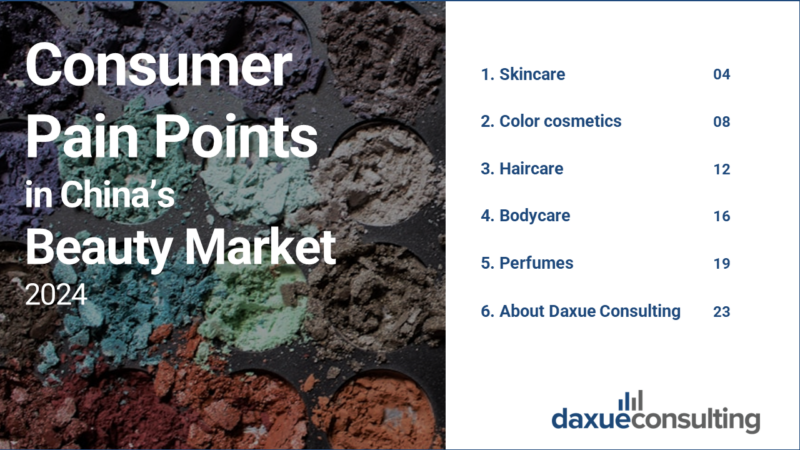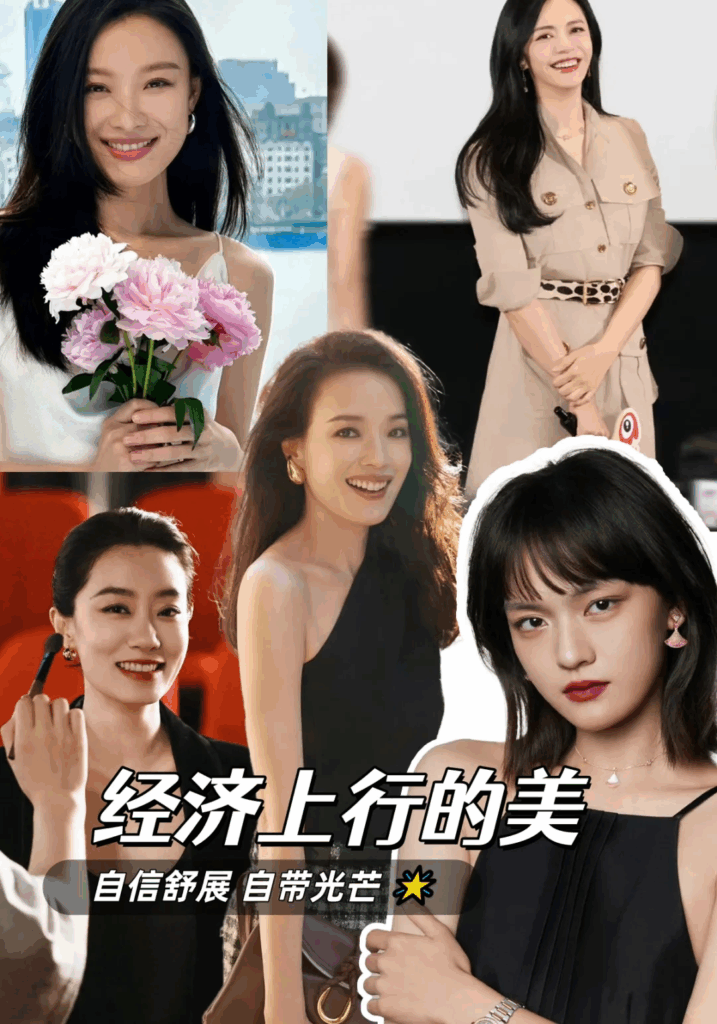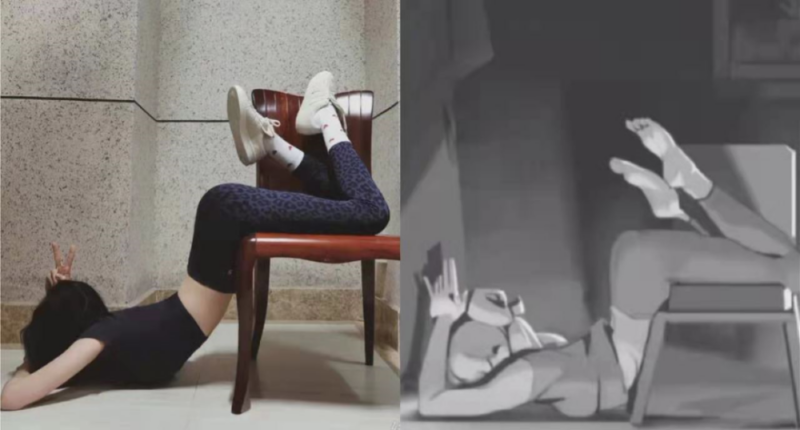Beauty has never been a fixed concept. It evolves with time, culture, and societal transformation. Beauty standards in China have been continuously reshaped by the country’s rapid modernization, global exposure, and shifting social values. As the economy grows and society transforms, so too does the way people define and express beauty. Understanding these changes requires looking not just at visual aesthetics, but also at the historical, cultural, and economic context that underpins them.
A new era of beauty standards in China: between heritage and modernity
China’s beauty ideals are the product of a complex interplay between tradition and modern influence. Historically, notions of beauty were shaped by art, literature, and Confucian values, emphasizing harmony, balance, and refinement. Yet, as China’s economy expanded and its middle class grew, the beauty industry began to play a powerful role in defining what is considered attractive. Marketing campaigns, celebrity culture, and global beauty trends have all left their mark, intertwining with China’s deep-rooted appreciation for delicate features and fair skin.
At the same time, regional and cultural diversity across China has given rise to varying interpretations of beauty. From northern preferences for slimmer silhouettes to southern admiration for fuller figures, local ideals coexist with global influences. Today’s beauty landscape reflects this hybridity, where tradition, aspiration, and individuality intersect in increasingly dynamic ways.
Download our report on Chinese beauty consumer pain points

Defining beauty: from imperial ideals to modern icons
During the Tang and Song dynasties, beauty was celebrated in poetry and painting. The Tang dynasty’s famed concubine Yang Guifei, immortalized in Bai Juyi’s “Song of Everlasting Sorrow”, embodied the era’s admiration for small faces, bright eyes, and slender waists. Clothing and hairstyles were equally expressive, with flowing robes and intricate hair ornaments symbolizing status and grace.
Over centuries, Chinese aesthetics have evolved, yet echoes of the Tang and Song ideals remain. Fair skin, refined facial features, and an air of elegance continue to resonate in contemporary beauty perceptions. More recently, modern labels such as “first love face” (初恋脸) and “white rich beauty” (白富美) captured the early 2000s fascination with purity, youthfulness, and affluence. However, as society grows more complex, so too do the symbols of beauty, reflecting nostalgia, self-expression, and digital perfection all at once.
The beauty of economic upswing (经济上行的美)
Periods of economic growth in China have often given rise to bolder, more expressive aesthetics. The 2000s, for example, were defined by confidence, glamour, and unapologetic luxury, a beauty that mirrored optimism and upward momentum. This “beauty of economic upswing” embodies not just external style but an internal belief in deserving the best and living authentically.
Today, while many aspire to elegant self-expression, there’s also a growing sense of aesthetic anxiety. In an age of hyper-competition and social media scrutiny, people fear being judged for “trying too hard.” Yet the resurgence of nostalgic trends, whether the Y2K sparkle or the understated old money aesthetic, reveals a collective yearning to rediscover beauty as confidence, energy, and pride.

Popular styles shaping China’s beauty aesthetics
- 涩谷辣妹风 (Shibuya Gal Style): Inspired by Japan’s Shibuya subculture, this look celebrates rebellion through tanned skin, bold makeup, dyed hair, and provocative fashion. It’s flashy, confident, and challenges traditional demureness.
- Y2K 千禧风 (Millennium Style): A revival of early-2000s aesthetics with metallic fabrics, low-rise jeans, glossy makeup, and playful accessories. It represents a return to optimism and self-expression.
- 老钱风 (Old Money Aesthetic): A refined, understated look associated with quiet luxury. Think muted tones, timeless silhouettes, and elegance without excess, a reflection of generational wealth and composure.
- 建模脸 (AI-Generated Face): The most recent evolution of beauty, this digitally perfected look features sharp jawlines, large eyes, high noses, and extreme symmetry. Shaped by filters, algorithms, and virtual influencers, it reflects the growing convergence of technology and beauty, creating a distinct “cyber-perfect” aesthetic.

Behind the “crazy” challenges shaping Chinese Barbie dolls
Just like the early criticisms of Barbie dolls, in 2016, a trend emerged where young Chinese women online embraced an idealized, unhealthy body shape. A series of challenges, such as the “cartoon waist” (漫画腰), the “right-angle shoulder” (直角肩), and the iPhone legs (iPhone腿) challenge started to become popular and triggered a lot of discussions on Chinese social media.
The “cartoon waist challenge” has taken the internet by storm, with people aiming for a waist that can bend to a right angle. It all started when Chinese actress Yang Mi joined in, sparking the interest of many young Chinese women. They’re now striving for a slim and flexible waist, just like the ones depicted in cartoons. But as these challenges gained momentum online, they also caught the attention of official media. Shortly after Yang Mi’s participation, China News Network criticized the trend for promoting unhealthy ideals. They pointed out the potential negative impact on body image and the anxieties it could cause. However, amidst these trends, there’s also been a rising movement of body positivity that encourages embracing diverse body shapes and sizes.

Men’s beauty standards in China: from “Junzi” to both inner and outer beauty
Traditional Chinese values, particularly influenced by Confucianism, tend to emphasize inner qualities when assessing men’s attractiveness. The concept of a “Junzi” (君子), often considered the most appealing type of man, embodies virtues such as bravery, kindness, selflessness, and knowledge.
In modern China, beauty standards for men have become more varied, focusing on both inner and outer qualities. While valuing traits like kindness and knowledge continues from traditional values, there are also new considerations. Skin tone and eye size now play a role. Looking young is important, much like for women. So, delicate features and fair skin are seen as signs of youthfulness and are preferred by young Chinese men. Despite tanned skin being more accepted for men, many still use products to lighten their skin. Additionally, having big, dark eyes is seen as charming, making men more attractive by today’s standards.
Beauty standards in China: A mirror of modern China
China’s beauty standards today are a reflection of its broader transformation which is economic, cultural, and digital. From Tang-era poetry to AI-generated faces, each aesthetic era tells a story about the values and aspirations of its time. As China continues to evolve, its definition of beauty will likely become even more pluralistic, balancing heritage with innovation, individuality with collective ideals, and authenticity with aspiration.
